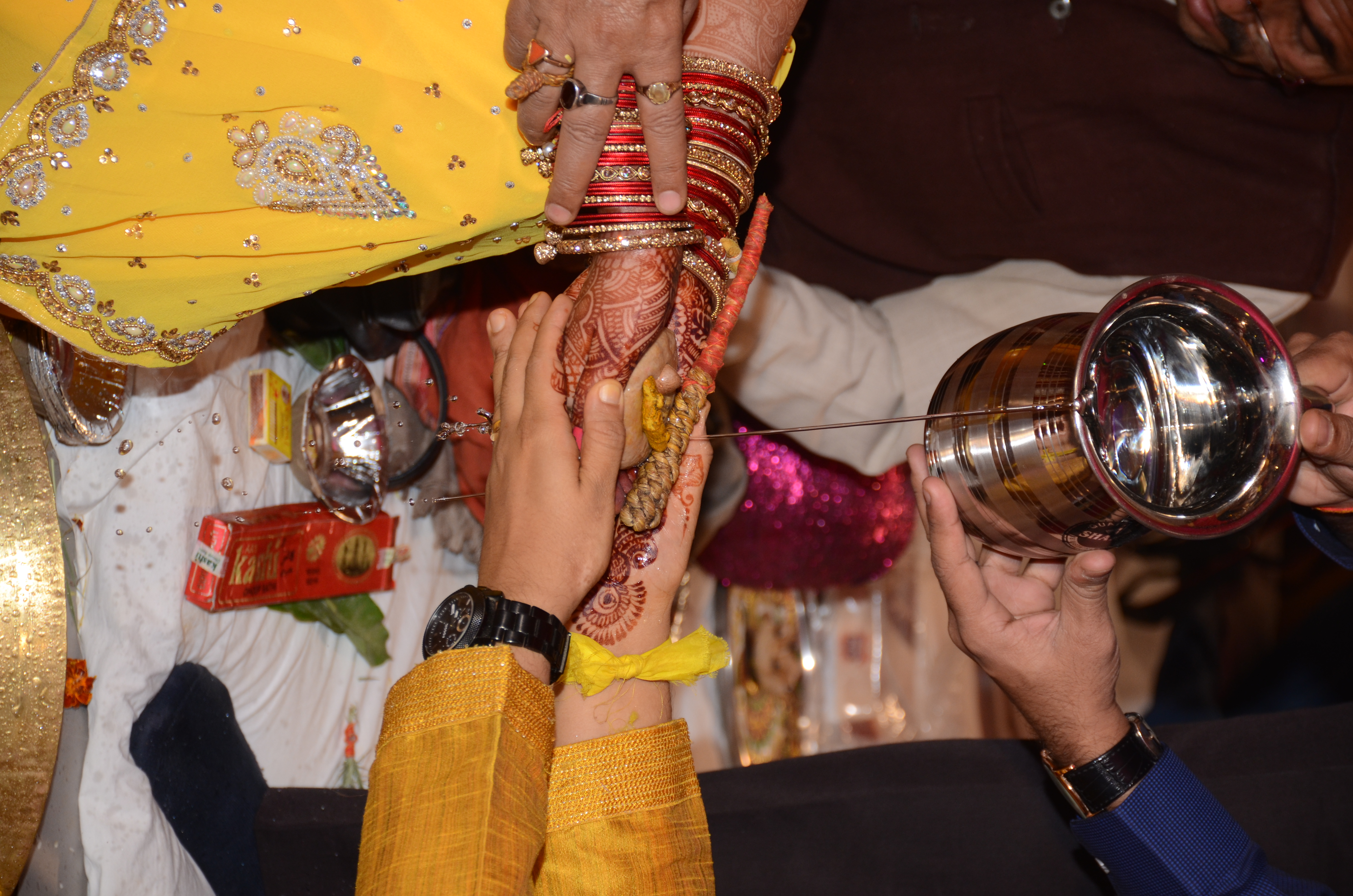Contact Us :
INDIA : +91 9833773715
....................................................................................................
USA
UK
UAE
CANADA
MALAYASIA
: +1 11111111111
: +1 11111111111
: +1 11111111111
: +1 11111111111
: +1 11111111111
The 16 Sanskar Of Vedic Culture
Our Vedic Culture
The Sanskaar, or rituals, are an essential part of Vedic culture. These are performed to achieve spiritual evolution and strengthen society and one's individual life. These practices can transform a person's attitude and mindset. These exercises have many advantages, such as preventing physical defects and the negative effects of genetic disorders. Performing the rituals is an important part of Vedic culture, and if performed properly, they can improve one's life and the lives of others.
The Sanskars are performed at different stages in one's life. Some people perform them before birth, while others do them after they are born. This ritual is known as Garbhadhan and aims to ensure a healthy, beautiful, noble child. It is also performed to invoke the Runanubandhi Atma and wish to be blessed with a child who is swift, graceful, and beautiful. The other Sanskars are used as a means of removing mental and physical deformities.
The purpose of birth in Hinduism is God-realization, which is the goal of life. Through spiritual practice, we can become closer to God. The 16 Sanskaar are important rituals to perform from conception to marriage. Performing the rituals will improve the spiritual practices of both parents and the child. The most important ones are called Upanayan Sanskar and Upanayana. They should be performed by both parents and the Guru of the Hindu religion.

16 Sanskar
The Sanskaar is a line of sacraments, sacrifices, and rituals that mark various stages of life as per Hinduism. They can be seen as the turning points of life that are celebrated. The series goes as the following:

- GARBANDHAN (conception)- it is an enthusiastic prayer for a child that is performed for the fulfillment of parental duty.
- PUNSAVANA (fetus protection)- it is performed during the third or fourth month of the pregnancy.
-
SIMANTOYANAYANA (satisfying wishes of the pregnant mother)- during
this, prayers are offered for a mentally and physically
healthy child. -
JATAKARMA (birth rituals)- this ritual is performed on the sixth day
after the birth of a child for keeping him in a clean
environment. - NAMKARAN (name giving)- it is performed on the 10th or 12th day after birth with mantras and the child gets a name.
- NISHKRAMANA (taking the child outdoors)- it is performed on the 40th day of the birth of a child.
-
ANNAPRASHANA (giving the child solid food)- it is performed in the
sixth month when the child is introduced to the solid
food for the first time. -
CHUDAKARANA (hair cutting)- it is the first hair cutting of a child
that is performed after the age of one year on an
auspicious day. - KARNVEDH (ear piercing)- it is performed in the third or fifth year after birth with the beginning of Surya Puja.
- UPANAYANA (sacred thread)- it is the ceremony of wearing a sacred thread named Yagnopaveetam.
- VEDARAMBH (study of Vedas)- it is the learning of Vedas in Pathshalas. Basically, it is the beginning of the academic period.
- SAMAVARTANA (completing education)- this ceremony is related to the end of formal education.
- VIVAH (marriage)- it is the point of life where an individual starts his family in a Vedic way.
- VANPRASTHA (preparing for renouncing)- it indicates the completion of Grahastha Dharma and is performed at the age of 50.
- SANAYASA- it means leaving all the responsibilities and worldly affairs to meditate.
- ANTYESHTI (last rite)- these rituals are associated with the funeral.
